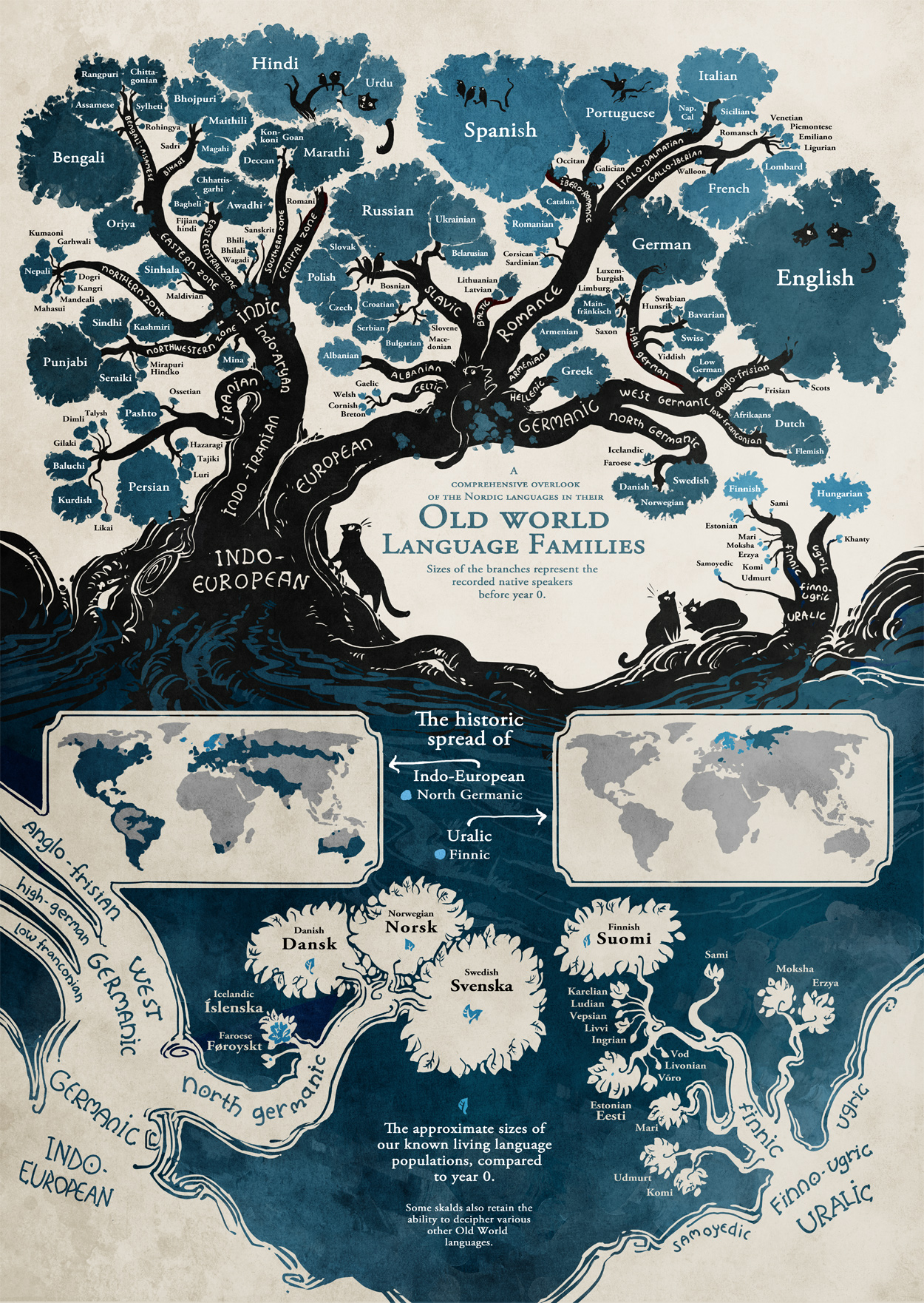In March, we featured 43 original tracks of classical music by philosopher and self-taught composer Friedrich Nietzsche, better known as the author of books like Thus Spoke Zarathustra and Beyond Good and Evil. Despite the enduring importance of his textual output, Josh Jones noted that “what Nietzsche loved most was music.” He “found the mundane work of politics and nationalist conquest, with its tribalism and moral pretensions, thoroughly distasteful. Instead, he considered the creative work of artists, writers, and musicians, as well as scientists, of paramount importance.”
Today we offer more of the eccentric, highly opinionated 19th-century German philosopher’s musical side. In the playlist just above, you can hear his piano compositions as collected on Michael Krücker’s Friedrich Nietzsche: Complete Solo Piano Works. “Most of the works on this album date from the 1860s, when [Nietzsche] was a celebrated young professor and philosopher,” writes AllMusic’s James Manheim. “The music is light, often quasi-improvisatory, and some of it resembles the keyboard music of the composer whom Nietzsche extolled later in life, Georges Bizet. The most substantial piece, the 20-minute Hymnus an die Freundschaft, was essentially his last composition, but he later reworked it with texts by his then-love interest, Lou Andreas-Salomé; that version was later arranged for chorus and orchestra by another composer.”
Manheim also notes that this selection of piano pieces, in their brevity, suggest that “the aphoristic style of Nietzsche’s late writings was anticipated by his musical thinking.” Enthusiasts of Nietzsche’s life and career will certainly find themselves making even more connections between his musical and philosophical work than that. But those looking for his motivation to work in this purest of all arts perhaps need look no further than this typically unequivocal pronouncement: “Without music, life would be a mistake.”
You can find more Nietzschean piano compositions below, these performed by Dorothea Klotz. To hear the music, you will need to download Spotify’s free software, if you haven’t already.
Hear Classical Music Composed by Friedrich Nietzsche: 43 Original Tracks
130+ Free Online Philosophy Courses
The Philosophy of Nietzsche: An Introduction by Alain de Botton
The Digital Nietzsche: Download Nietzsche’s Major Works as Free eBooks
Colin Marshall writes on cities, language, Asia, and men’s style. He’s at work on a book about Los Angeles, A Los Angeles Primer, and the video series The City in Cinema. Follow him on Twitter at @colinmarshall or on Facebook.



